As cannabis becomes legal in more regions across the U.S. and globally, one critical issue has come to light: the alarming increase in accidental ingestion of cannabis edibles by young children. Between 2017 and 2021, the National Poison Data System recorded over 7,000 cases of cannabis exposure among children under the age of 6, with a 1,375% spike during this period. The vast majority of these cases stemmed from edibles left within the home, often mistaken for regular candies or treats.
Cannabis poisoning in children can result in serious complications, from vomiting and confusion to breathing difficulties, and in many cases, hospitalization. However, there are ways to minimize the risk of accidental ingestion and the severity of its effects. This article offers a thoughtful, research-backed approach to safeguarding your children and reducing the potential harms of cannabis exposure.
Why Are Children So Vulnerable to Cannabis Poisoning?
Children are particularly susceptible to cannabis poisoning for several reasons:
- Size and Metabolism: Children have smaller bodies and faster metabolisms than adults, which means they are more vulnerable to THC (tetrahydrocannabinol), the psychoactive component in cannabis. A dose that may seem manageable for an adult can be overwhelming—and even dangerous—for a child.
- No Prior Exposure: Children have no tolerance to THC, making even a small amount much more potent.
- Delayed Onset of Symptoms: Ingested THC (from edibles) takes longer to metabolize, meaning symptoms of cannabis poisoning can take hours to appear. This delayed reaction makes it difficult to assess the severity of ingestion immediately.

The Science Behind THC and CBD: Understanding the Risks
Recent research from the University of Western Ontario sheds new light on the neuropsychiatric effects of THC and the protective role of cannabidiol (CBD) in cannabis consumption. The study revealed that THC overstimulates a molecule in the hippocampus called ERK (extracellular-signal-regulated kinase), leading to anxiety, fear-based learning, and other psychiatric effects. However, CBD can counteract these effects by modulating the ERK pathway, helping reduce the risk of anxiety and paranoia often linked with THC.
For parents, this underscores the importance of choosing cannabis products that are high in CBD and low in THC if edibles are going to be present in the home. Additionally, in the event of cannabis poisoning in a child, you may consider administering CBD to mitigate some of the negative side effects of THC, which may also be important in minimizing the impact of accidental ingestion.
Minimizing the Risk of Cannabis Poisoning: 5 Essential Steps
1. Proper Storage: Out of Reach, Locked Away, and Clearly Labeled
The most effective way to prevent accidental ingestion is through secure storage. Treat cannabis edibles the same way you would medications or cleaning products—store them in child-resistant containers, lock them in cabinets, and keep them out of sight and reach of children. Dr. Colleen Kraft from Children’s Hospital Los Angeles recommends labeling all cannabis products clearly to prevent any confusion, especially when multiple adults are in the household. Labels like "Marijuana Edibles – Keep Out of Reach" are a simple but effective way to prevent mistakes.
2. Avoid Enticing Packaging
Cannabis edibles often come in packaging that mimics popular candies or baked goods, which naturally attracts children. Parents should avoid purchasing edibles in "copycat" packaging that looks like candy or snacks. Choose products with plain or neutral packaging to minimize the temptation for children to open and consume the contents. The less appealing the packaging, the less likely a child will mistake it for a treat.
3. Consume Cannabis Discreetly
Young children are curious about what their parents are eating, especially if it looks like candy or a sweet treat. Consuming edibles in front of your kids can spark curiosity and increase the chances that they will want to try it themselves when you’re not around. Consider consuming cannabis products privately, away from your children, to reduce their exposure to these behaviors.
4. Have Conversations with Friends and Family
Even if your home is free from cannabis edibles, your child could be exposed to them while visiting friends or family. If your child regularly visits other households where cannabis is consumed, it’s important to have an open conversation with the adults about safe storage practices. Encourage them to lock away their edibles and follow the same precautions you take in your own home.
5. Know the Symptoms of Cannabis Poisoning and How to Respond
Accidental cannabis ingestion can have delayed effects, but recognizing the symptoms and responding quickly is critical. Symptoms of cannabis poisoning in children may include:
- Drowsiness or extreme lethargy
- Confusion or slurred speech
- Vomiting
- Breathing difficulties
- Seizures in severe cases
If your child consumes a cannabis edible, check the packaging to determine the amount of THC in the product. Even a small amount can lead to severe symptoms in children. Contact poison control or seek emergency medical attention immediately if symptoms appear. Medical professionals will need to know the type and quantity of cannabis ingested to provide the appropriate care.
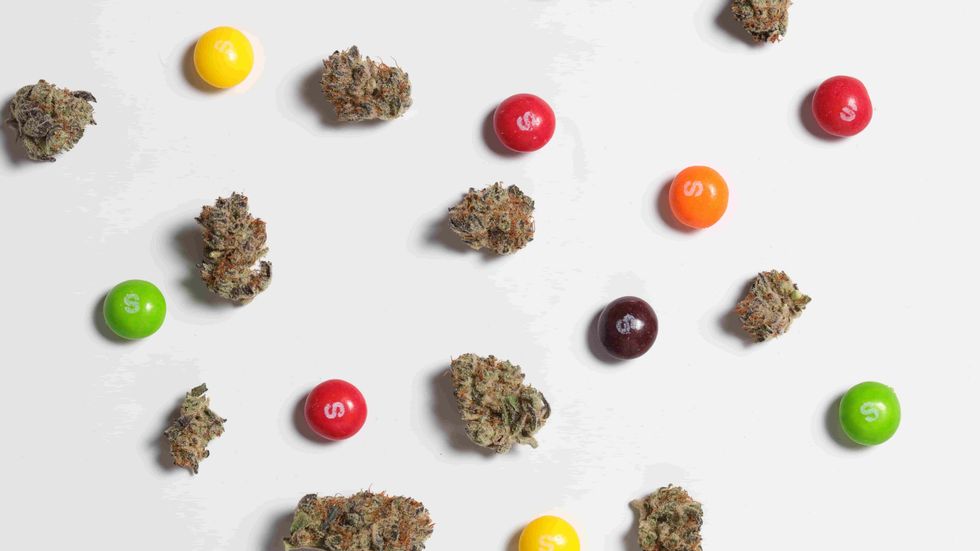
Reducing the Severity of Cannabis Poisoning
While preventing cannabis ingestion is the priority, understanding how to minimize its effects is equally important. The latest research offers some insights:
- Choose CBD-Rich Products: CBD has been shown to block the neuropsychiatric effects of THC. Products with a higher CBD content are less likely to cause severe psychiatric symptoms like paranoia and anxiety. If cannabis edibles are present in the home, opt for those with higher CBD and lower THC to reduce the risk of adverse effects.
- Consider a COX-2 Inhibitor: Interestingly, some studies have found that combining THC with a COX-2 inhibitor (such as ibuprofen) may help block the high and neurological side effects associated with THC. While this is still an emerging area of research, there may be potential for this combination to reduce the severity of cannabis poisoning in children or adults.
Conclusion: Prevention is the Best Cure
As cannabis becomes more prevalent in everyday life, the risks of accidental ingestion by children increase. However, by taking proactive measures like secure storage, avoiding kid-friendly packaging, and opting for high-CBD products, parents can significantly reduce the chances of cannabis poisoning. Being prepared to recognize the symptoms and act quickly is crucial in minimizing harm should an accident occur.
As a parent, your vigilance and awareness are your greatest tools in keeping your children safe from accidental cannabis ingestion. By following these guidelines, you can help ensure that your home remains a safe environment for everyone.
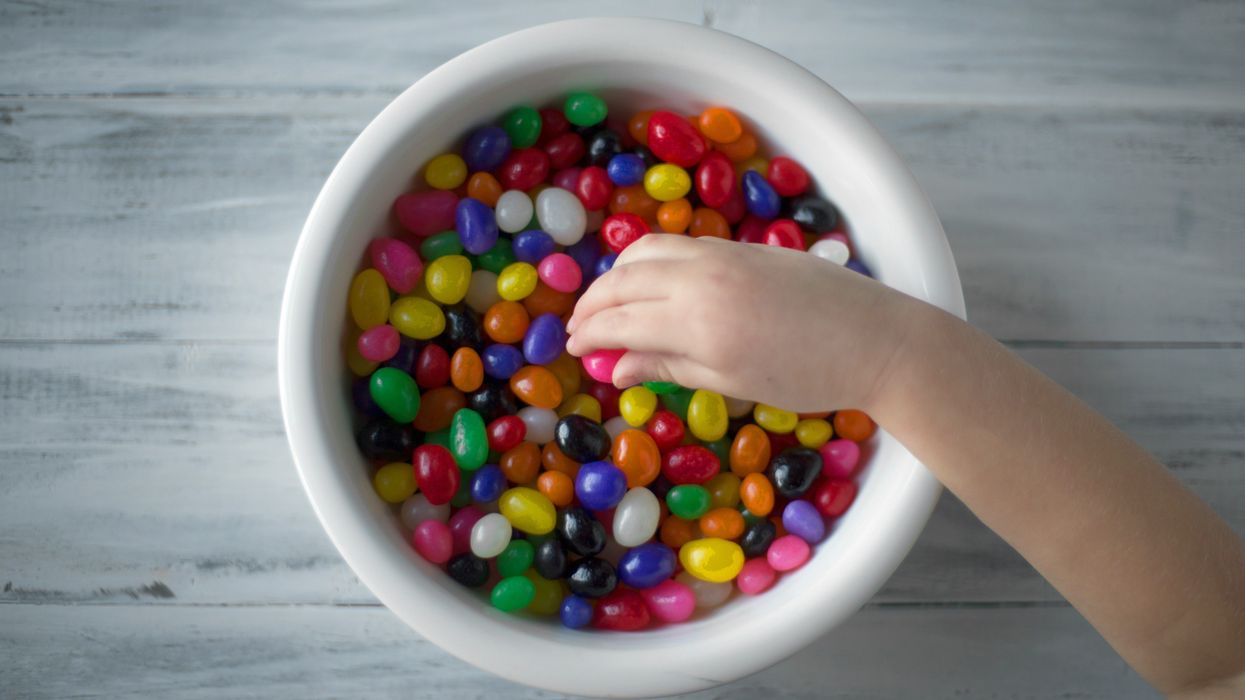

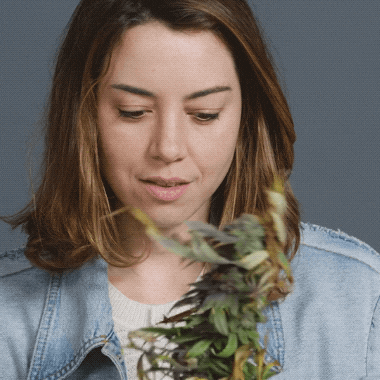


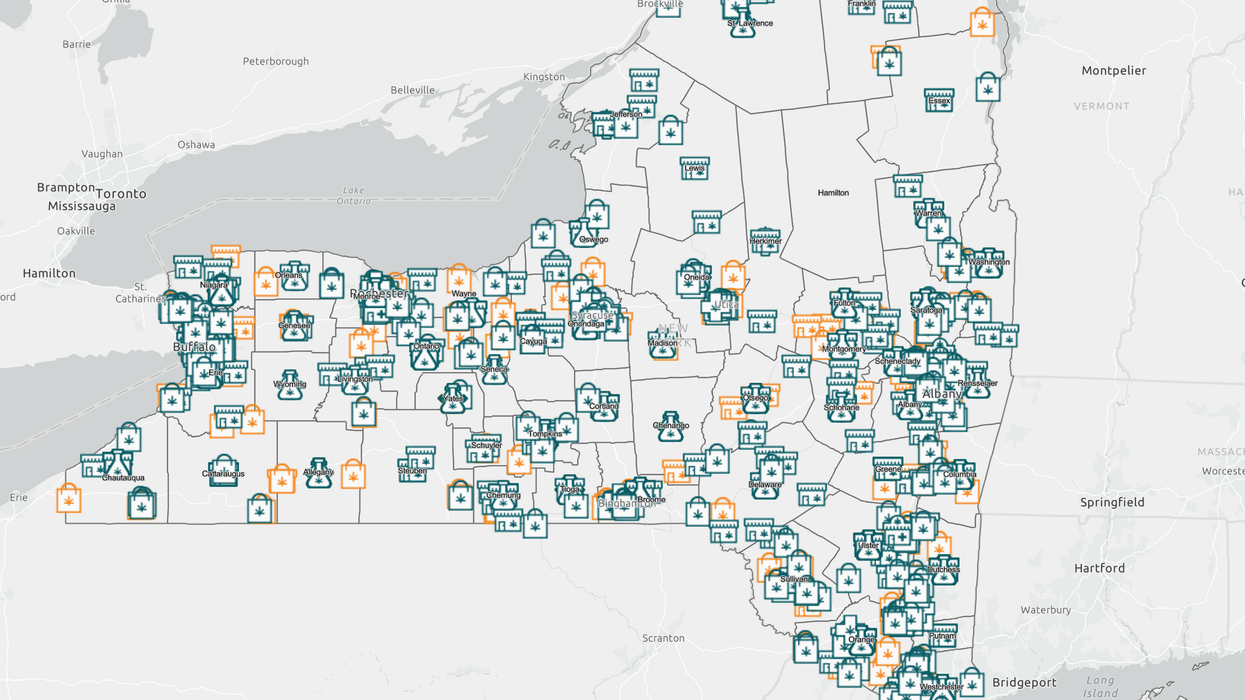
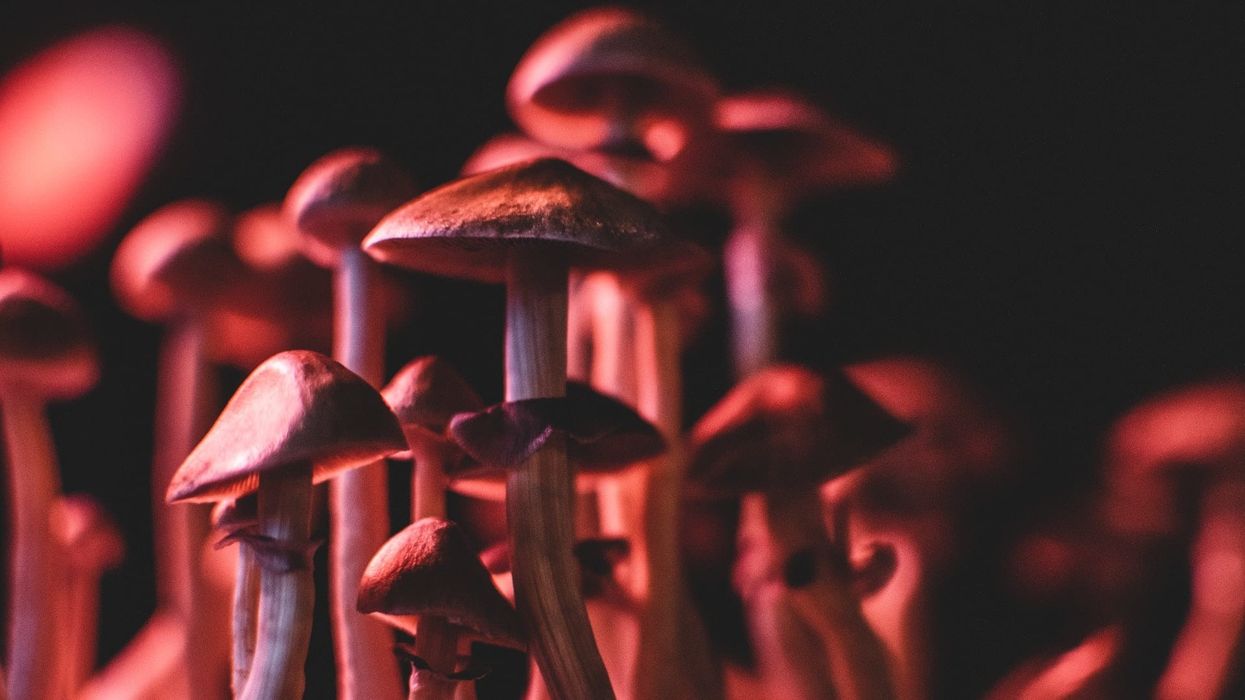
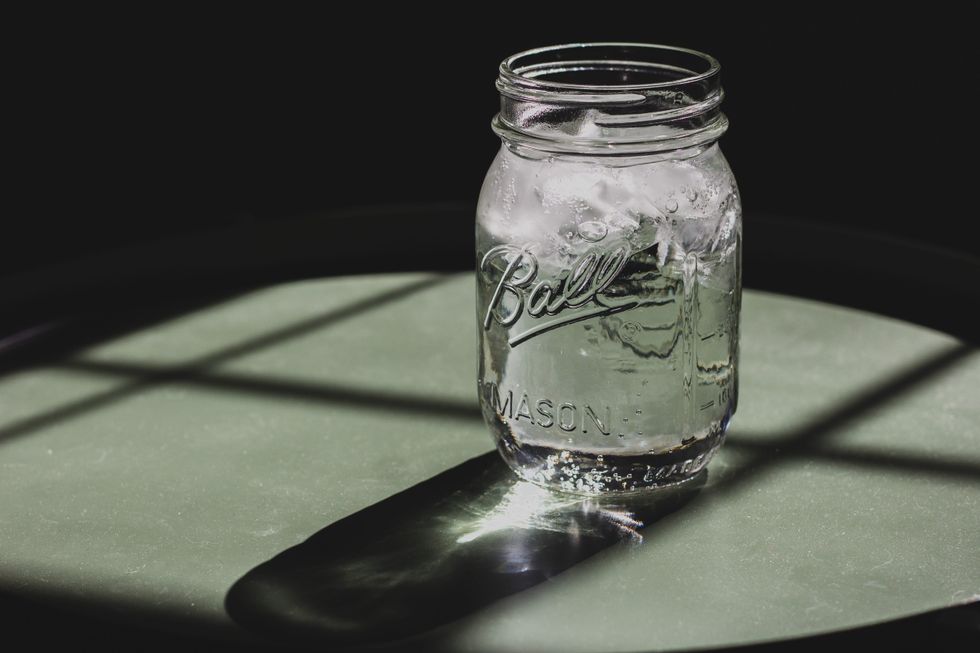 How to Store Magic Mushrooms
How to Store Magic Mushrooms How to Store Magic Mushrooms
How to Store Magic Mushrooms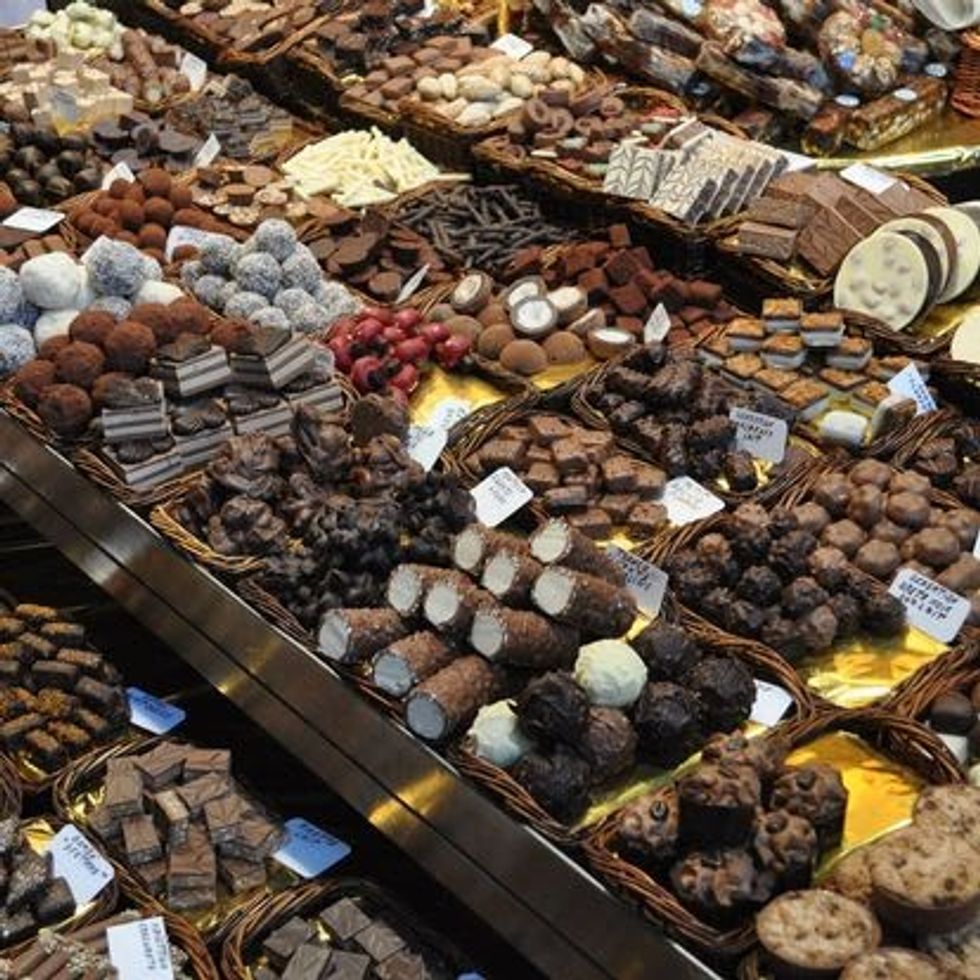 How to Store Magic Mushrooms
How to Store Magic Mushrooms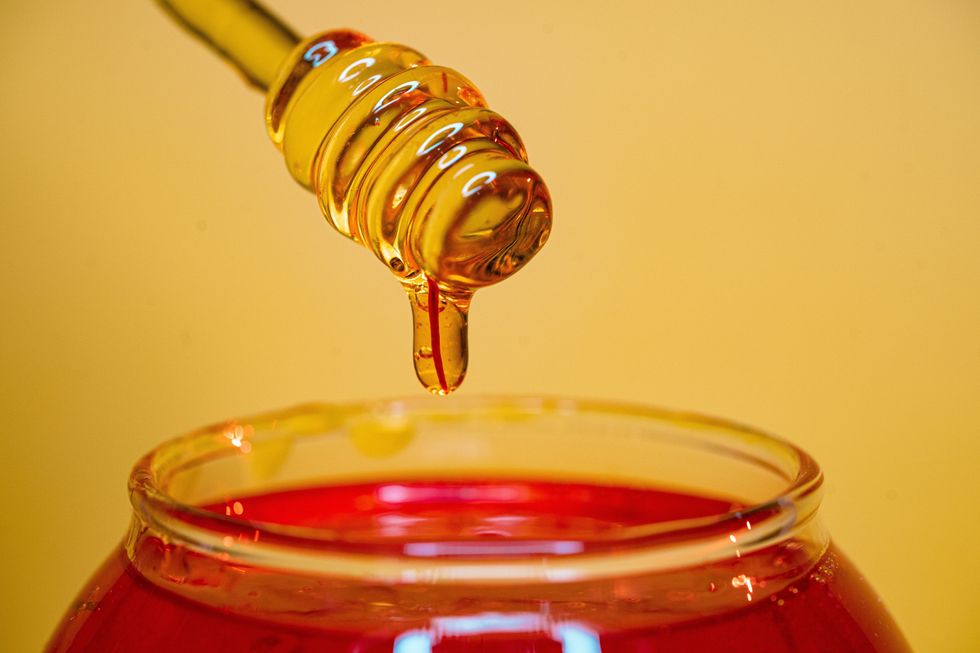 How to Store Magic Mushrooms
How to Store Magic Mushrooms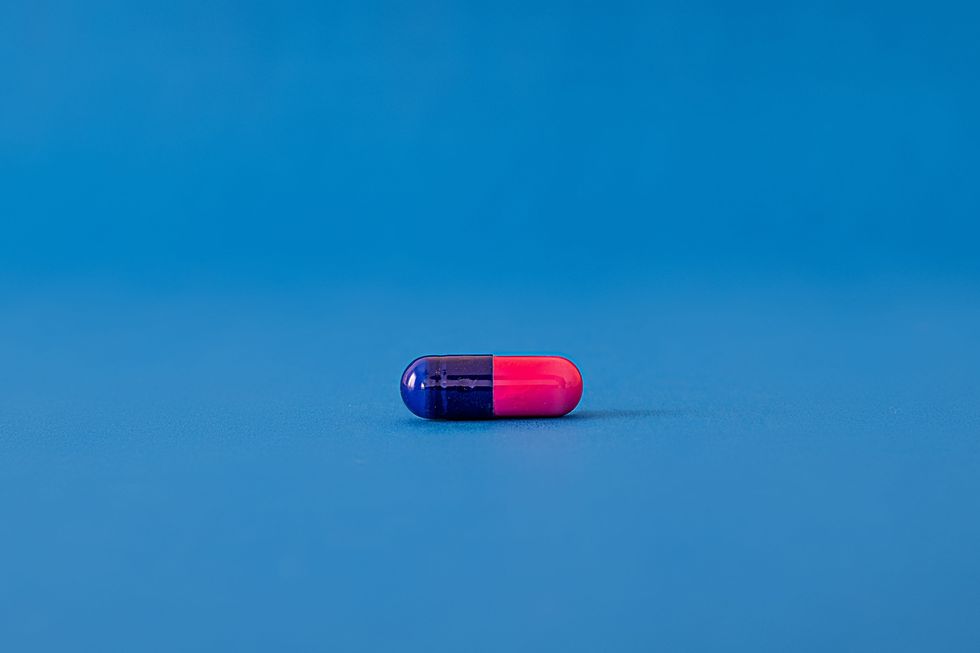 How to Store Magic Mushrooms
How to Store Magic Mushrooms
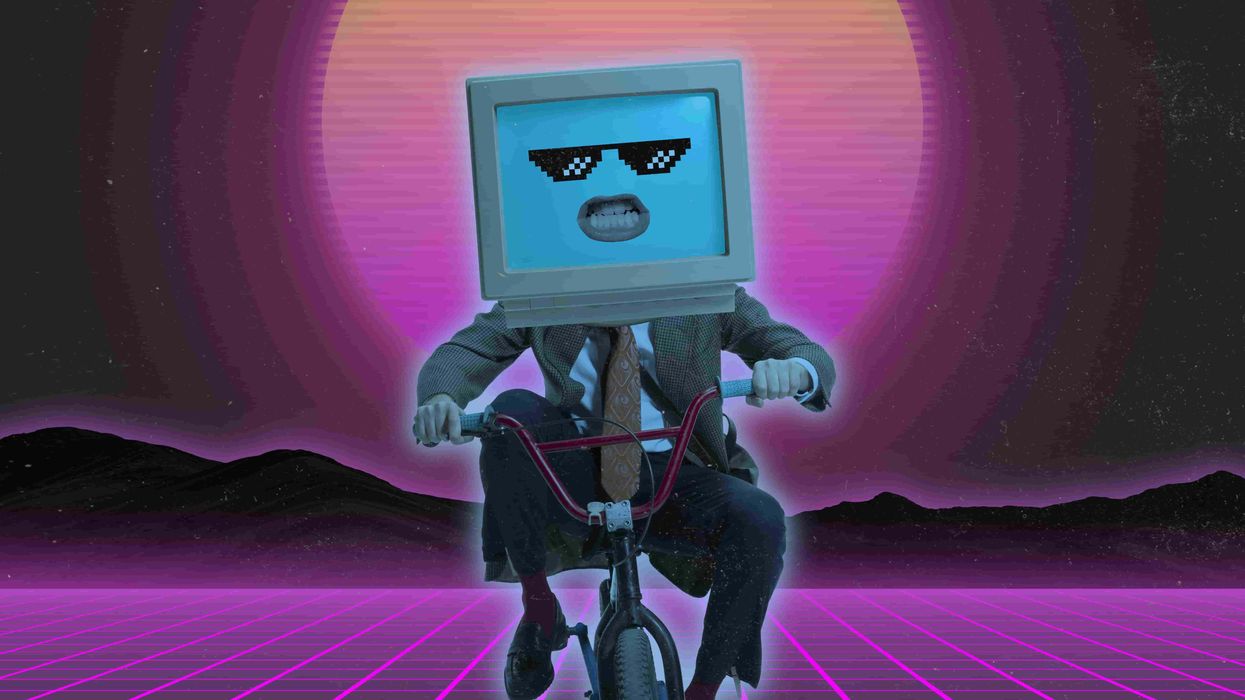


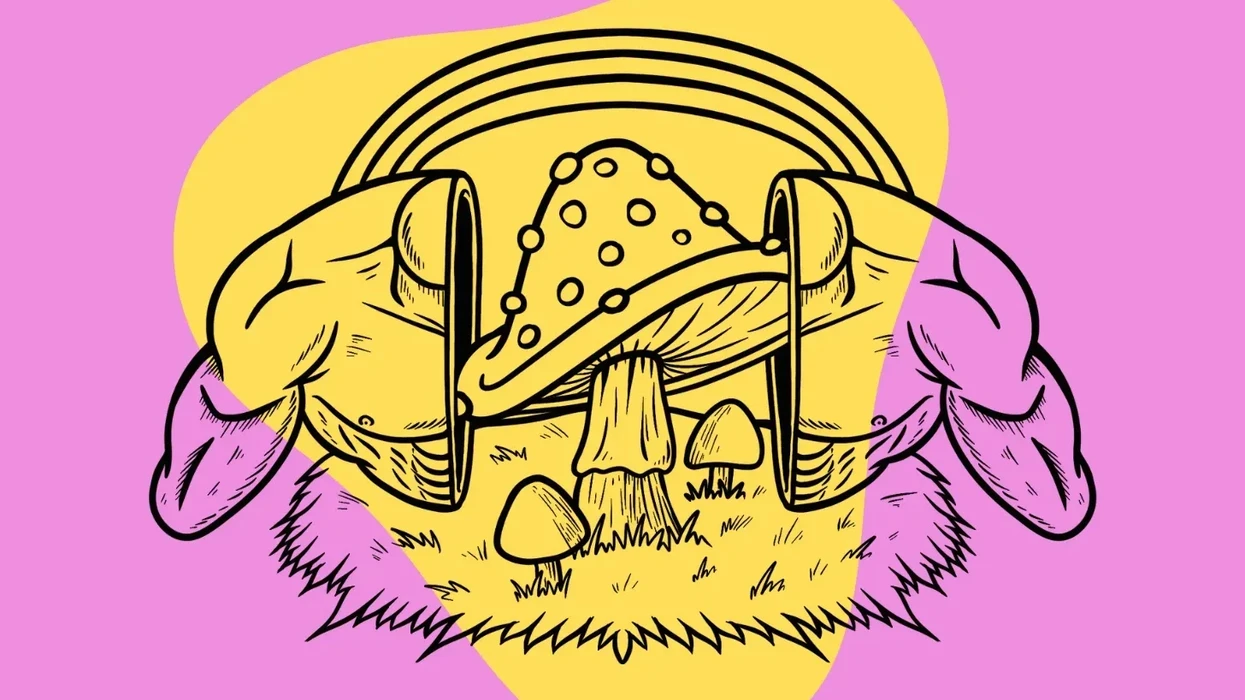

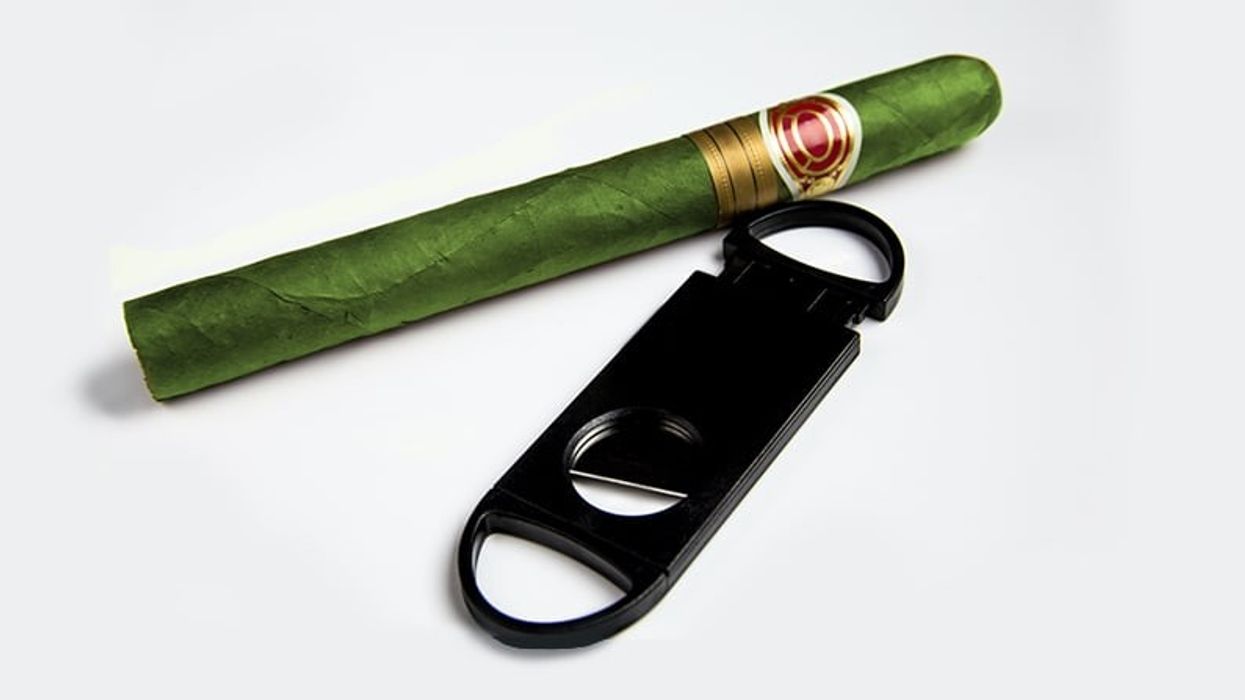
 How to Make a Cannagar Without a Mold: A Comprehensive Guide - The Bluntness
Photo by
How to Make a Cannagar Without a Mold: A Comprehensive Guide - The Bluntness
Photo by 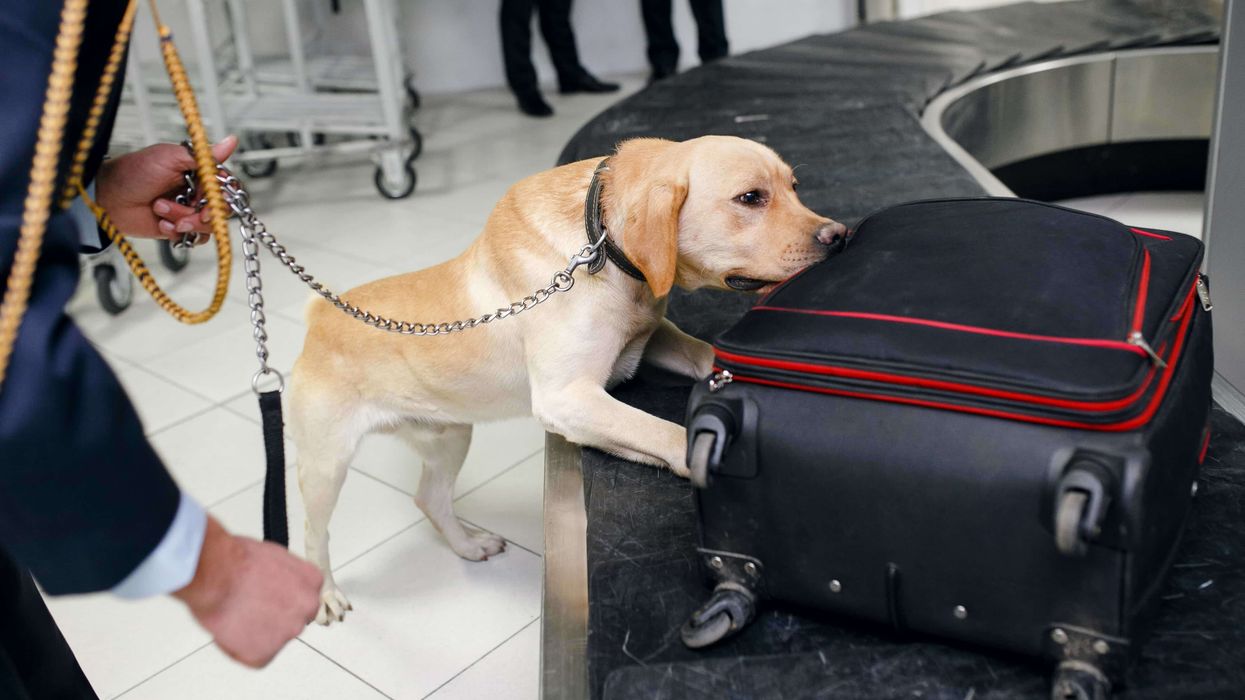
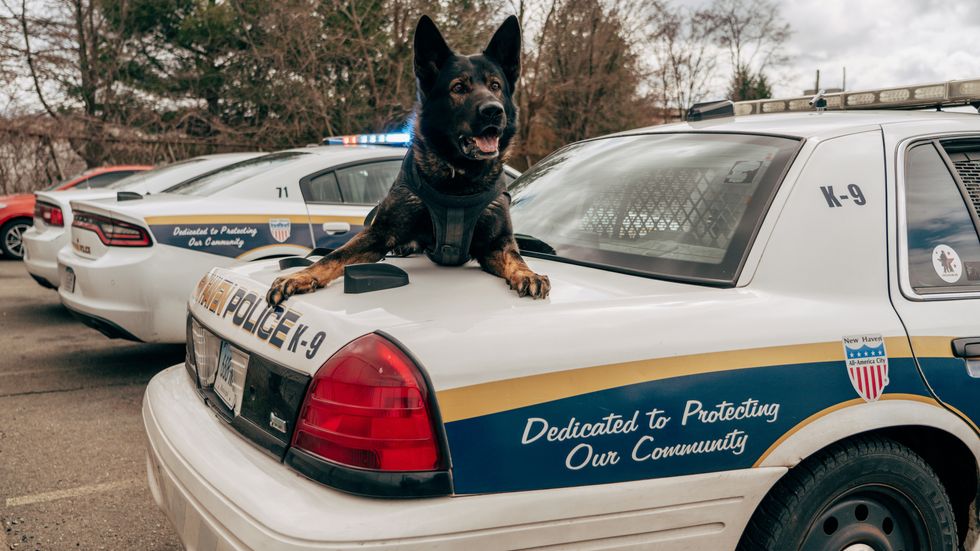 Can Drug Dogs Smell Edibles? - The Bluntness
Photo by
Can Drug Dogs Smell Edibles? - The Bluntness
Photo by 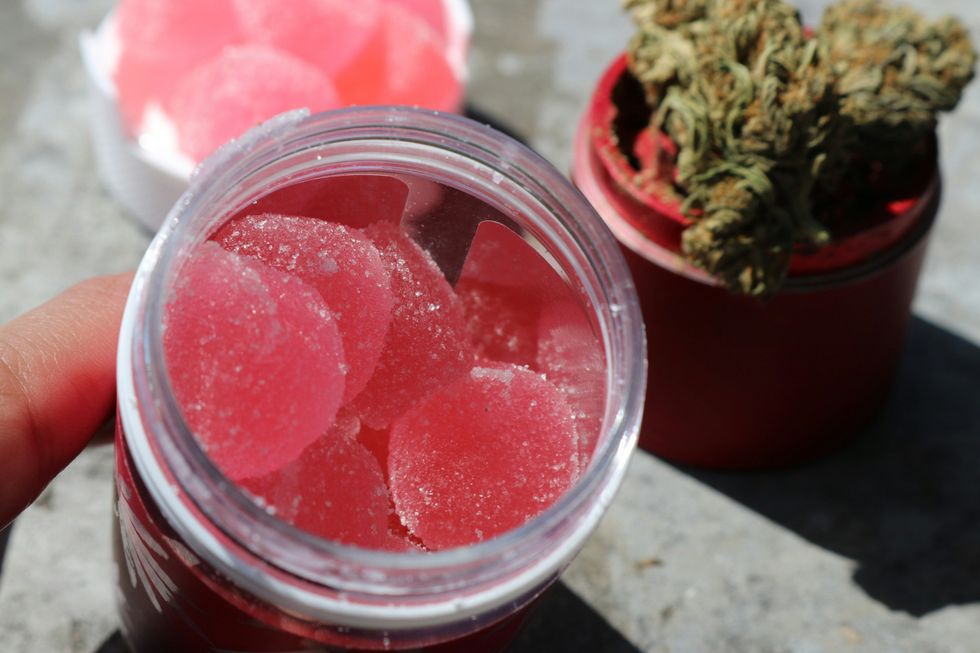 Can Drug Dogs Smell Edibles? - The Bluntness
Photo by
Can Drug Dogs Smell Edibles? - The Bluntness
Photo by 

 How Does Cannabis Use Affect the Gaming Experience? - The Bluntness
Photo by
How Does Cannabis Use Affect the Gaming Experience? - The Bluntness
Photo by  Are There Specific Game Genres That Are More Enjoyable When Using Cannabis? - The Bluntness
Photo by
Are There Specific Game Genres That Are More Enjoyable When Using Cannabis? - The Bluntness
Photo by